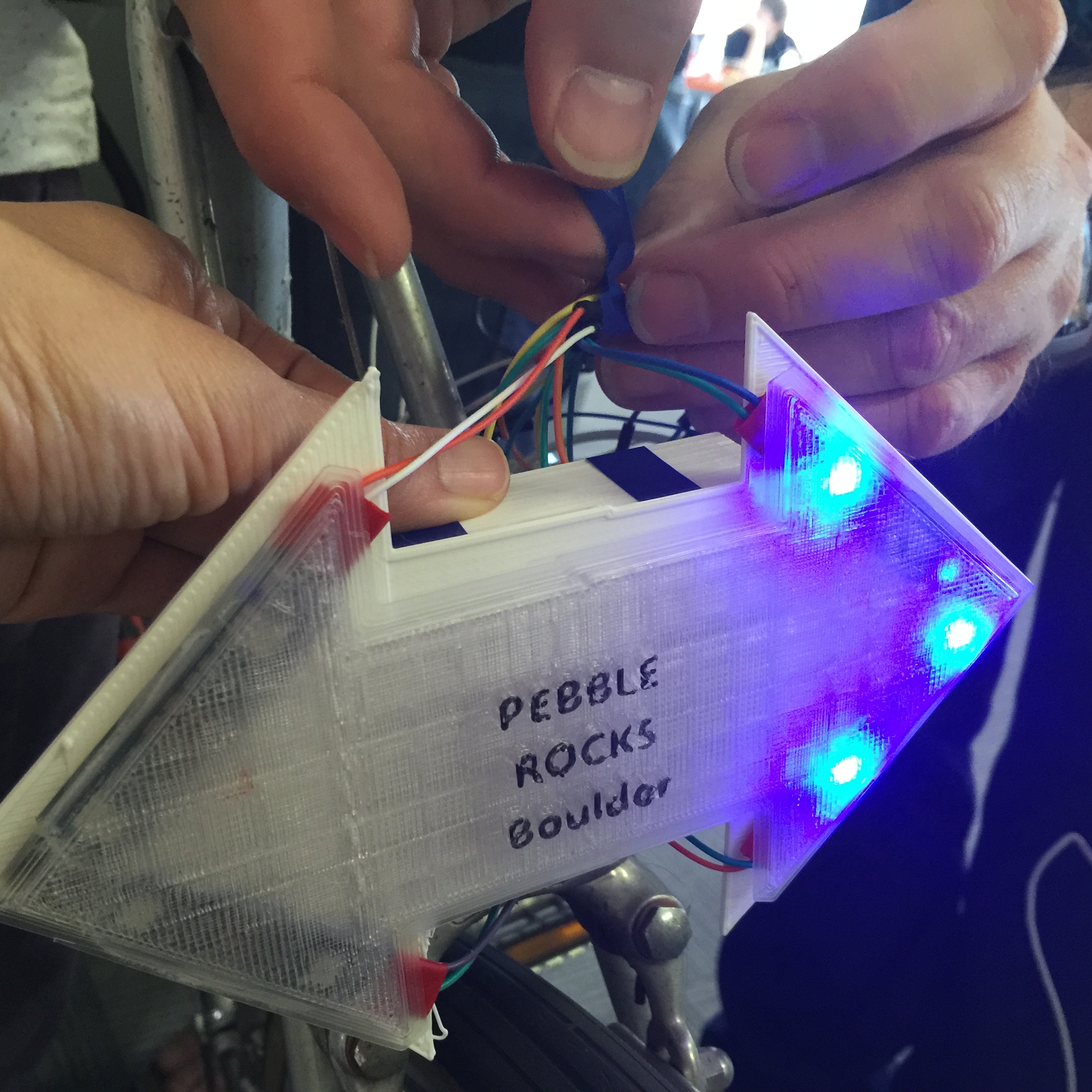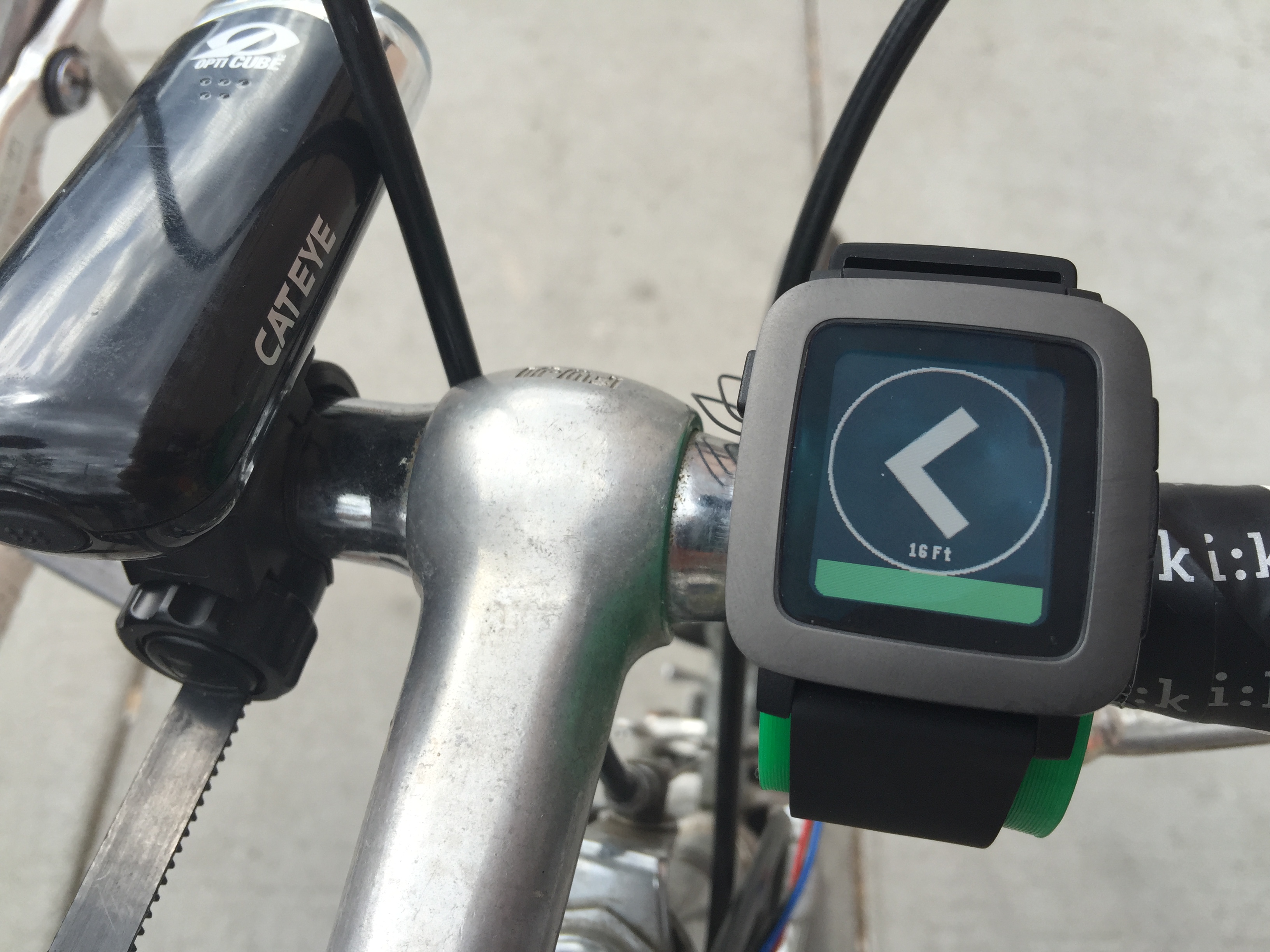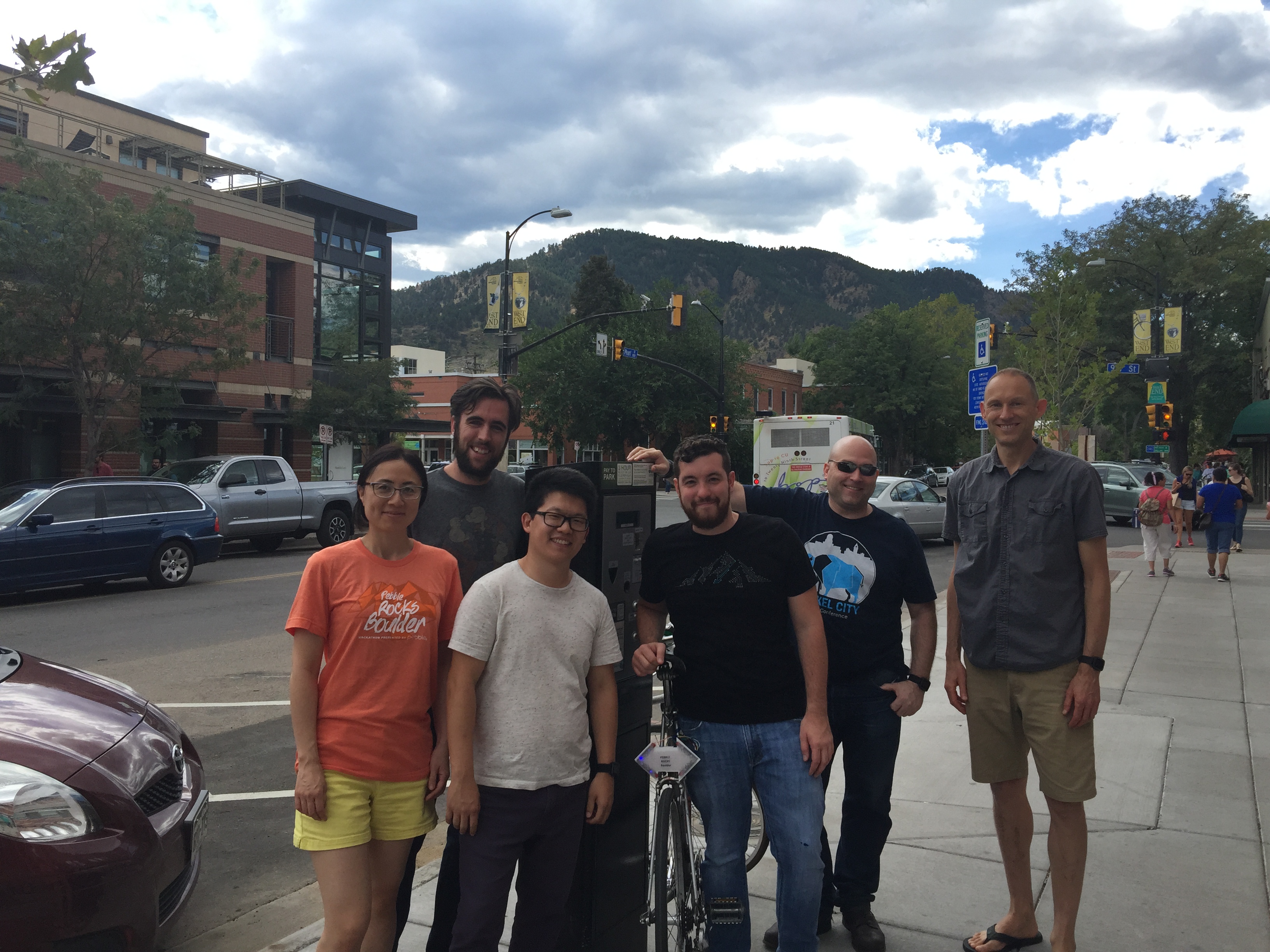Learning how to learn, hacking at Pebble Rocks Boulder
If someone had asked me seven months ago what I thought the most valuable thing was that I’d be learning at the Turing School of Software & Design, I probably would have answered either Ruby, Rails or Test Driven Development. With my cohort 1502 having graduated a few weeks ago, it got me thinking and to me, it seems the most valuable skill I picked up during my time at Turing was to learn how to learn.
“Learning how to learn” is something that I’ve heard many times and didn’t fully understand until recently. Over the course of the seven months at Turing it’s almost like high school all over again, but super condensed. When you’re in Module 1, you’re almost like a freshman, not knowing that much and basically being given lessons and assignments where you’re hand is being held a bit. As you make your way up through the program, you gain more and more experience and confidence, but also more responsibility. Starting in Module 3 and continuing into Module 4 and now real life, our learning became our own responsibility. We were taught that if we wanted to succeed in the engineering world, we needed to be able to take control of our own learning and possess the ability to constantly teach ourselves new skills. The program at Turing primarily teaches Ruby, Rails and JavaScript among many other things, but if you aren’t open to learning new skills or trying different languages, you won’t succeed because the industry never slows down or settles on one technology. Plus, you won’t always have someone to stand in front you to in a classroom setting telling you exactly what you have to do.
The place where I saw these skills coming into play the most were this past weekend when I participated in the Pebble Rocks Boulder hackathon with several other Turing students and alumni as well as another engineer who works locally in Boulder. PRB was a 48-hour hackathon held at Galvanize Boulder where teams had to come up with an idea and implement it. They were encouraged to hack hardware using Pebble Time smartwatches, newly-released smartstraps, arduinos and more, as well as create software to accompany it and use 3D printers to create anything else needed. After deliberating for a long time, our team settled on a project that we ended up calling TurnaKit. Although we worked iteratively, we ended up with smart turn signals for your bicycle. We developed two smartwatch apps, one that could allow you to turn on the signals manually from the Pebble Time once it was connected to the dock on the bicycle and another that once a destination was set, it would provide turn-by-turn directions for the rider as well as automatically turn on the turn signals within 50 feet of a turn.
We came into the hackathon thinking we knew some JavaScript and would be fine since the Pebble development team allows you to write apps in either C or JavaScript, but it ended up that to be able to write apps that interact with the new smartstrap hardware, you had to use C. My education at Turing allowed me to be able to follow the documentation and provided tutorials to write the code required by our project. This was the first time I ever wrote C code, but we ended up with completely working hardware and software. It was a challenge, but one I was fully prepared to tackle. We didn’t end up winning, but we were finalists in the top 8 out of 22. There were more teams originally since there were 75+ developers that started, but only 22 had a finished project.
I think this just proves that as a developer, you never know what you’ll be doing from day to day, but if you can think logically and know how to learn and constantly teach yourself new skills, you will always be successful.


